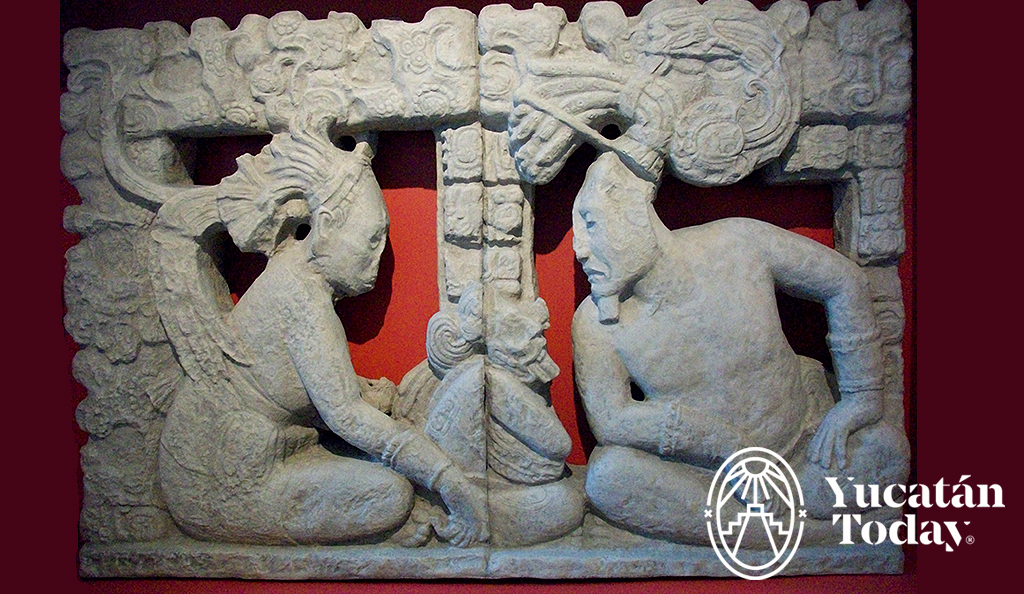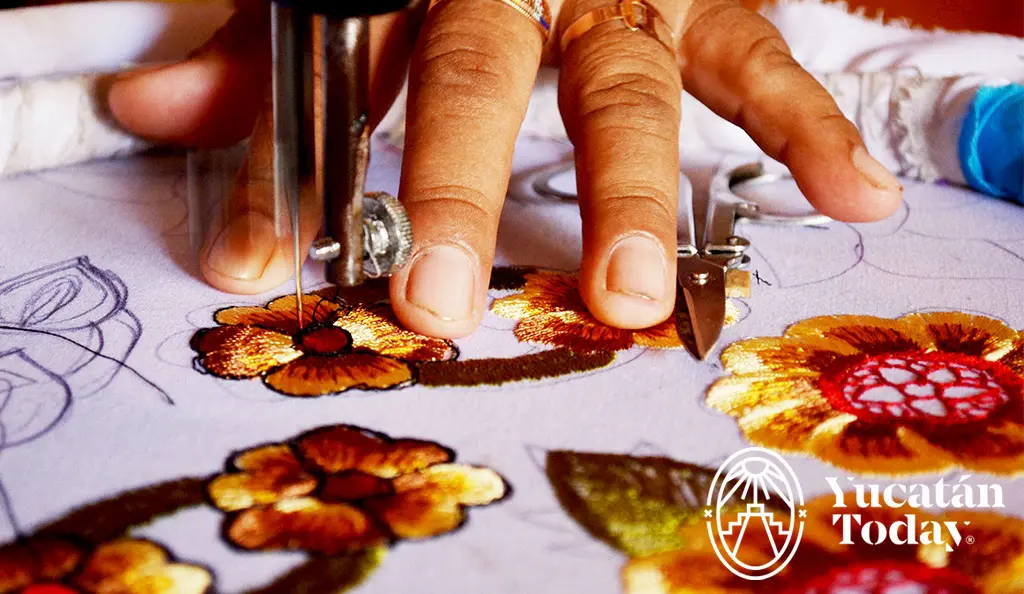
Embroidery in Yucatán
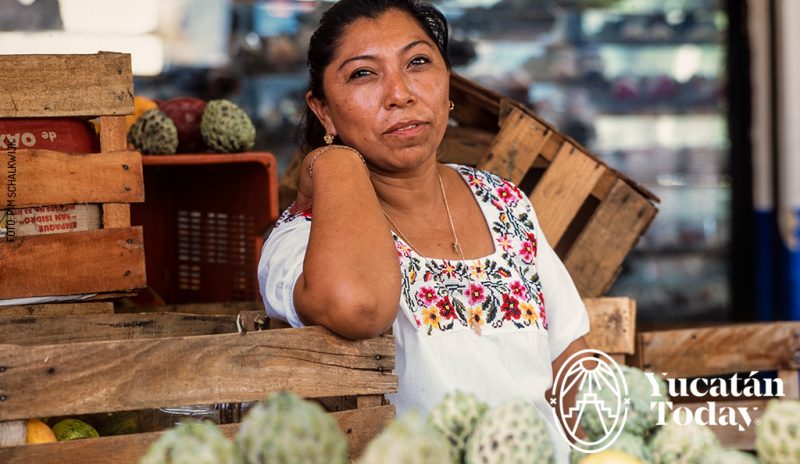
In his book "Relación de las Cosas de Yucatán", Fray Diego de Landa mentions that the Maya women "wove with curiosity works of the pen to adorn their garments". According to historians, they were embroidering with maguey thorns, or with thin feathers, to make their needles, stringing them with their colorful threads which they used to embroider cloth.
All the women learned to embroider as young girls; in a cenote they found remains of textiles embroidered with drawings of stars and flowers, which shows that they were embroidering since the prehispanic era, and since then the Maya women have not ceased to embroider.
With the Spanish conquest, the metal needle arrived, accompanied by new designs, and everywhere in New Spain, the express will of Isabel of Portugal, wife of Carlos V, was encouraged: when she learned of the idleness of the Mexican women of nobility, she asked the Archbishop to suggest to them that they occupy themselves, and if necessary she would send them "linen and all the necessities to spin thread." The Spanish women and the Conceptionist nuns in Mérida since 1596 were the ones who taught the girls and maids how to embroider in their school.
Currently, embroidery is an activity practiced by the Mestizas in general; with the sale of these beautiful garments they help the income for their families.
Read more about Yucatecan embroidery:

Author: Yucatán Today
Yucatán Today, la compañera del viajero, es un medio bilingüe de información turística sobre destinos, cultura, gastronomía y el qué hacer en Yucatán con 37 años de trayectoria.
¡Receive the latest articles and much more from the best of Yucatán in your email!
Related articles
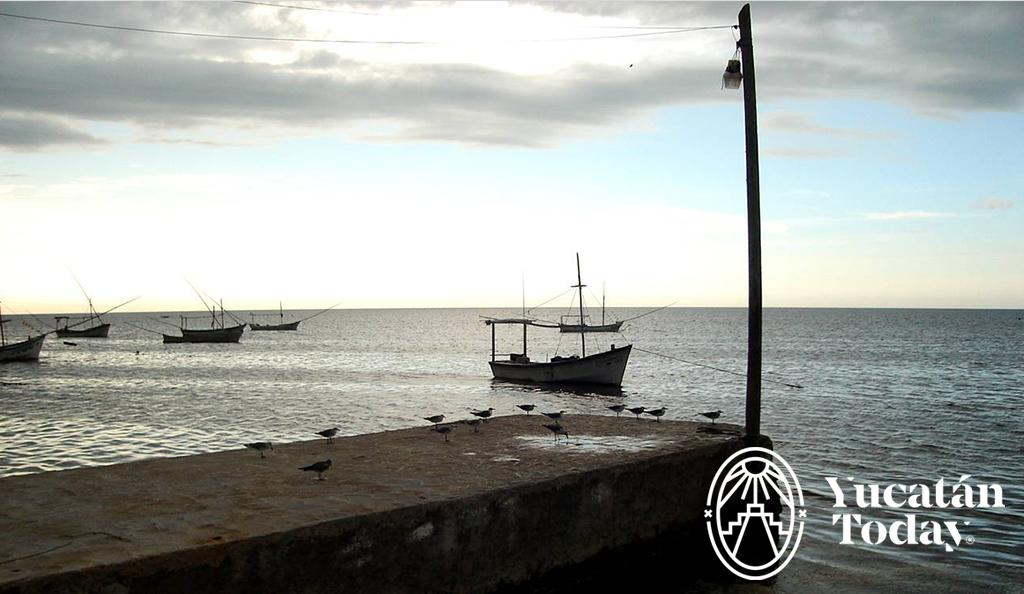
Dzilam de Bravo
Dzilam de Bravo is the last port on the coastal highway that leaves Progreso, a 5o mile journey that is well worth it, especially after Telchac...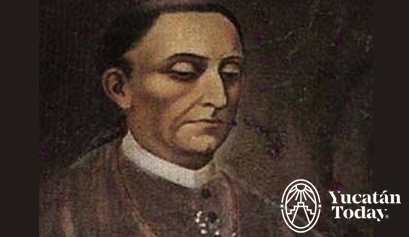
Fray Diego de Landa: A Contradiction
Fray Diego de Landa was born in Spain in 1524, and came to Yucatán as a Franciscan monk in 1549. His assignment was to convert the Maya to...